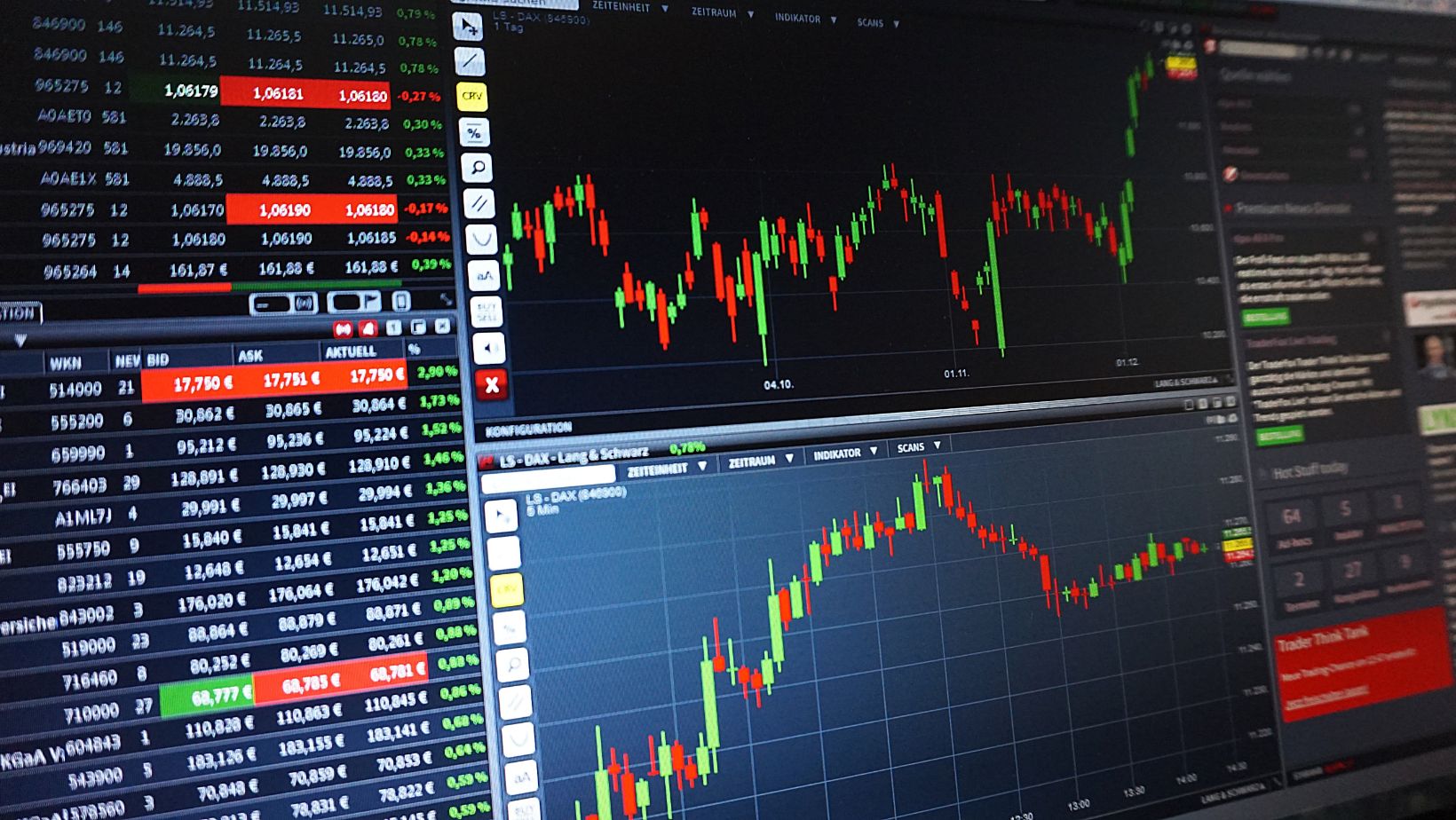Cryptocurrency markets reached $94 trillion in trading volume for 2023, with automated systems executing 73% of all transactions. Institutional adoption has grown 147% year-over-year, with 86% of hedge funds now employing algorithmic strategies. High-frequency systems process market data in 0.01 seconds versus 0.1-0.3 seconds for human traders, providing substantial execution advantages. Research demonstrates automated approaches yield 23% higher returns while reducing emotional errors by 47%. Performance data shows portfolios using multiple trade bots across various market conditions consistently outperform single-strategy systems, enabling simultaneous implementation of trend-following, arbitrage, and mean-reversion techniques across different timeframes.
Understanding Trading Bot Technology
Trading bots represent a significant advancement from manual trading methods, offering unparalleled speed and analytical capacity. Modern AI trading bots adapt to changing market conditions through sophisticated algorithms that analyze both historical and real-time data, identifying patterns human traders might miss.
These systems process over 1 million data points per second, making them effective in fast-paced markets. When deployed across multiple bots, this creates a powerful infrastructure capable of monitoring numerous assets across different exchanges simultaneously.
Types Of Trading Bots For Effective Scaling
Different bot types serve specific market conditions and can be strategically deployed to cover various aspects of your trading approach:
DCA (Dollar-Cost Averaging) bots systematically invest fixed amounts at regular intervals, showing 15% better returns in volatile markets by averaging entry prices over time. Grid trading bots operate within defined price ranges, generating 0.1-0.5% daily returns through buy-low-sell-high automation in sideways markets. Arbitrage bots exploit price differences across exchanges, capturing 89% of opportunities under 3 seconds with average profits of 0.2-2% per trade.
Market making bots provide liquidity and profit from bid-ask spreads, earning 0.05-0.15% per completed trade pair in stable markets. Scalping bots execute rapid micro-trades, achieving 100-200 trades daily with 0.1% average profit per trade from minor price movements. Deploying multiple bot types simultaneously ensures profitability across various market conditions, effectively hedging against strategy-specific weaknesses.
Scaling Strategies For Multiple Bot Implementation
Effectively scaling with multiple bots requires structured resource allocation. Distribute capital across different bot types based on market conditions—typically 15-30% per strategy depending on your confidence level and risk tolerance. Assign specific trading pairs to each bot to maximize effectiveness: grid bots for low-volatility pairs, scalping bots for high-liquidity markets, and arbitrage bots for exchanges with historical price discrepancies.
Use a progressive increment model for capital distribution.

Begin with smaller allocations to test performance, then increase capital to proven strategies following a 1:2:5 ratio, where successful strategies receive five times the capital of experimental ones. Implement a unified dashboard tracking metrics across all bots with automatic alerts for performance deviations.
Risk Management When Scaling With Multiple Bots
Scaling magnifies both returns and risks, making robust risk management essential. Set maximum exposure limits for individual assets (5-10% of total capital) and establish daily drawdown thresholds (3-7%) that trigger automatic trading suspension. Diversify stop-loss strategies for different bot types—percentage-based stops for trend-following bots, volatility-adjusted stops for scalping bots, and time-based exits for arbitrage strategies.
Implement dynamic position sizing algorithms that adjust based on volatility, market conditions, and correlation between trades. Limit individual positions to 1-3% of total capital, with automatic reductions during high-volatility periods. Maintain a centralized risk dashboard tracking aggregate exposure across all bots to prevent excessive concentration when multiple bots take positions in correlated assets.
Key Metrics That Make Trading Bots Effective For Scaling
Critical performance metrics that serve as the foundation for strategic decision-making when scaling:
- Execution speed advantages: Bots execute trades in 0.01 seconds versus human’s 0.3 seconds
- 24/7 operational capability: Continuous market coverage (168 hours/week) compared to 40-50 human hours
- Multi-exchange monitoring: Simultaneous monitoring of 50+ exchanges for comprehensive visibility
- Elimination of emotional bias: 47% reduction in psychological trading errors
- Data processing capacity: Analysis of over 1 million data points per second
- Pattern recognition accuracy: 94% accuracy in trend identification
These metrics explain why scaled bot operations consistently outperform manual trading. Leveraging these advantages across multiple specialized bots creates systems that capitalize on diverse market opportunities while minimizing human limitations.
Setting Up An Effective Multi-Bot Infrastructure
Begin with dedicated server infrastructure—either virtual private servers (VPS) or cloud-based solutions—providing consistent uptime and low latency. Allocate at least 4GB RAM per bot instance, with CPU resources scaled according to strategy complexity.Implement request queuing systems and rate limiters to prevent API bans, as most exchanges limit request frequencies. Maintain separate API keys for each bot with precise permission settings, limiting withdrawal access to enhance security.
Establish backup internet connections with automatic failover mechanisms and secondary server environments that activate within minutes of primary system failures. Implement centralized databases for trade history, performance metrics, and market data with automated backup protocols for comprehensive analysis across bot strategies.
Performance Monitoring And Optimization
Implement real-time dashboards tracking key performance indicators across all bots, with visualization tools highlighting correlations between strategies and market conditions. Develop custom metrics comparing actual versus expected performance based on historical data. Establish review protocols—daily checks for anomalies, weekly performance assessments, and monthly strategy evaluations—analyzing win/loss ratios, average profit per trade, maximum drawdowns, and Sharpe ratios.

Use multivariate testing to systematically adjust parameters across bot strategies, measuring impact on overall system performance. Maintain development environments where modifications undergo rigorous backtesting before deployment. Identify correlations between bot performances to detect dependencies on specific market conditions, then adjust allocations to maintain balance through changing environments, preventing the pitfall of having multiple bots that all fail simultaneously.
Common Mistakes To Avoid When Scaling Bot Operations
Being aware of these common errors can help traders avoid costly mistakes:
- Overextending capital across too many bots: Diluting resources reduces effectiveness
- Inadequate monitoring of bot performance: Failing to detect underperforming strategies quickly
- Neglecting regular strategy adjustments: Market conditions evolve, requiring parameter optimization
- Ignoring market condition changes: Strategies effective in one environment often fail in others
- Failure to implement proper security measures: Multi-bot operations expand attack surfaces
- Overlooking technical limitations: Server resources, API request limits, and latency issues compound with scale
Successful traders implement comprehensive documentation of all bot configurations, maintain detailed operation logs, and develop contingency plans for various failure scenarios to create resilient systems.
Practical Scaling Approach: The Progressive Implementation Model
Follow a phased implementation approach rather than deploying numerous strategies simultaneously. Begin with a single well-understood bot strategy, operating it for 3-6 months to establish performance benchmarks and gain operational experience. Once the initial strategy proves consistent, introduce a complementary bot type targeting different market conditions—such as pairing a trend-following strategy with a range-trading approach to maintain profitability across different market phases.
Follow the “rule of thirds” for capital allocation—one-third to proven strategies, one-third to developing strategies showing promise, and one-third held in reserve for opportunities or drawdowns. Implement correlation analysis between strategies to identify hidden risks when multiple systems might fail simultaneously. Develop custom risk scores weighing factors like market volatility, strategy correlation, and historical drawdown patterns.
Create centralized monitoring infrastructure before expanding beyond three bot strategies to provide early warning systems and enable rapid intervention when necessary.
Conclusion
Scaling trading operations with multiple bots represents a powerful approach for serious traders seeking enhanced performance and diversified risk. The strategic deployment of specialized bot types—from DCA and grid trading to arbitrage and scalping—creates a comprehensive system capable of thriving across various market conditions. However, successful scaling requires more than simply adding bots; it demands thoughtful infrastructure design, robust risk management, and continuous performance optimization.





